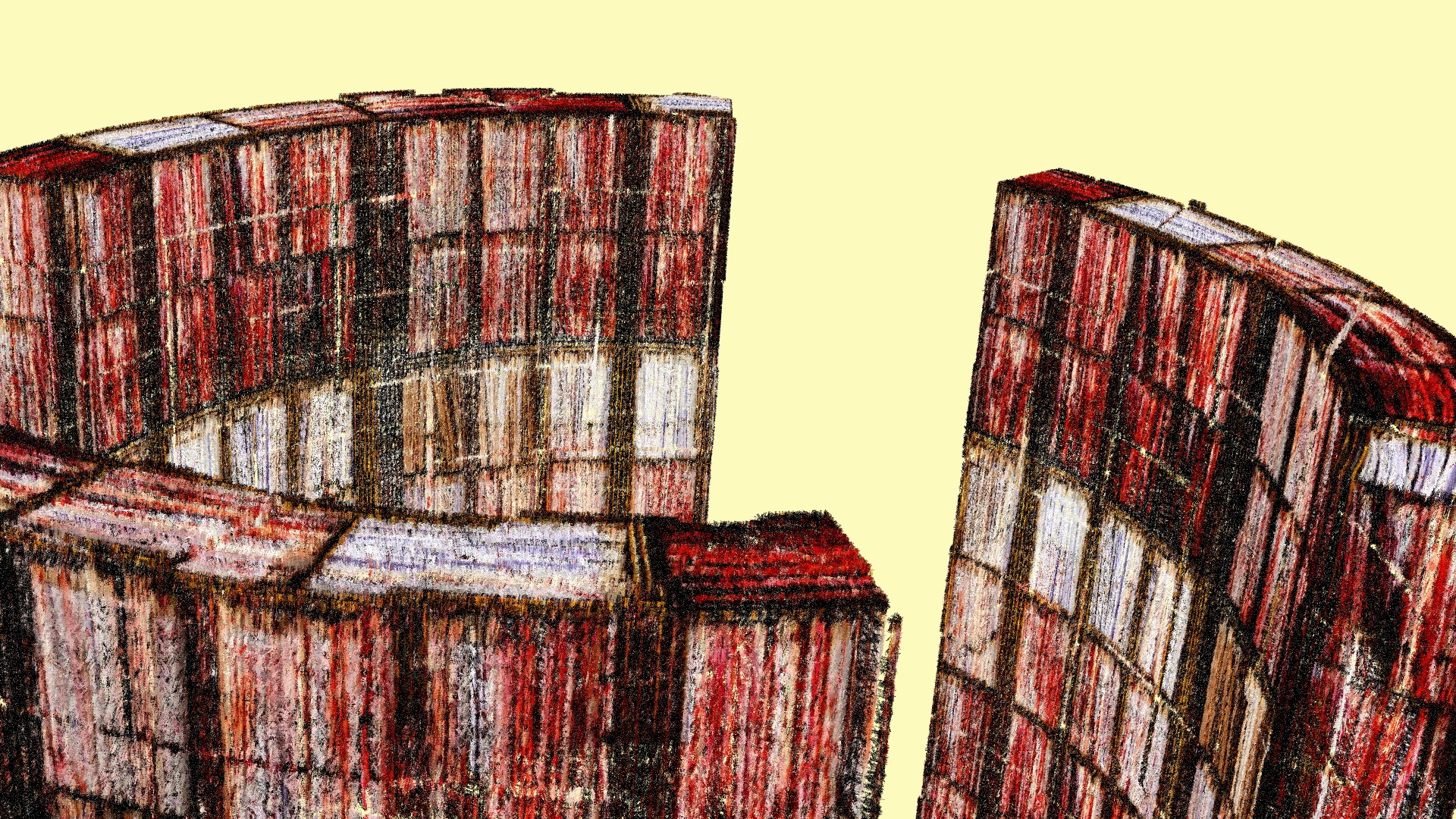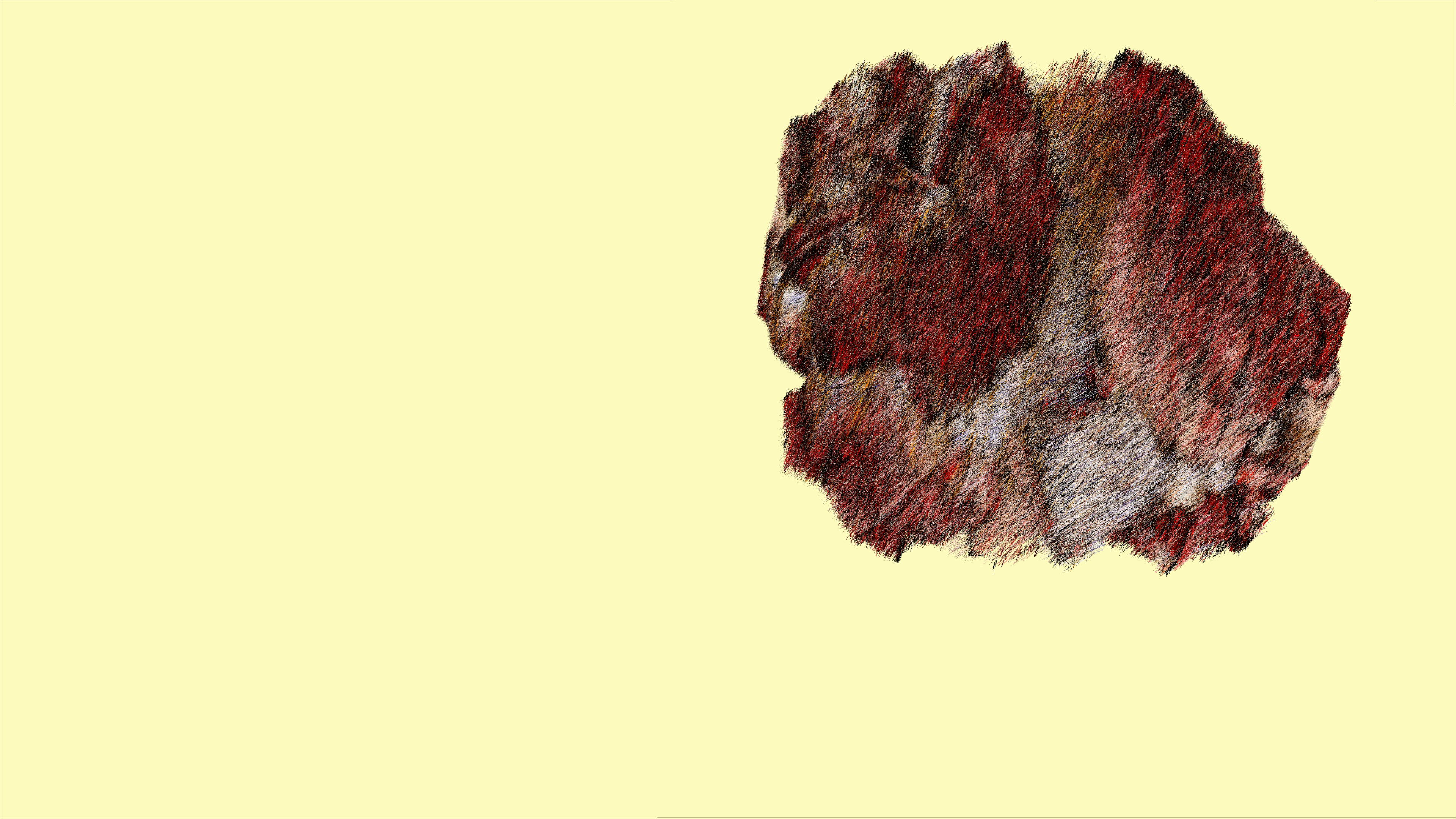Collected Memory: A Diary of the World
Collected Memory – A diary of the world is a continuation of Mille Kalsmose’s long-term project Collected Memory, which premiered at the UN Headquarter in New York in 2019. Collected Memory is a network of sculptural, participatory installations, made from recycled brass and paper, which addresses both the sedimentation of individual memories, but also how they are influenced by social frameworks.
The original artwork consists of a metal structure that houses a physical paper archive as well as a databank of humanity’s shared visions and hopes for the world. Kalsmose has from the beginning collected and digitalized emotional records, initially through the online databank collectedmemory.world. The projects overall reliance on data as well as its encouragement of sharing makes its digital extensions a natural next step for the project – while also commenting on the utopian promises made by many data-driven technologies of today. And by turning the artist’s gaze towards collective and collaborative proposals, Kalsmose does not only provide a platform for intimacy and hope, she also speaks to the very core of the decentralized blockchain technology of today. Because while each contribution represents a piece of an individual story, they are also fractions of our collective history, making Collected Memory a crowd-sourced diary of the world.
At the Republic of Cameroon’s pavilion at La Biennale di Venezia, the artist’s vast archive has been remediated as NFTs in order to explore how we even consider a collective memory in a time, where intimate, human experiences are recorded and compiled as extensive networks of data, and where our lives are not only
uploaded, but also used data sets for machine learning and artificial intelligence to feed on. A recurrent element in this series has been the act of writing, and in Collected Memory – A diary of the world, textual inputs take the shape of a curving, surreal cloud cover, where words and statements move together as chains of word. This meta-structure is shaped and animated through a unique set of generative, algorithm-driven methods, relying on techniques commonly used in processing vast datasets. A diary is
often a source to our inner life, most secret thoughts and adolescent hopes, and by drawing on the thematic of this year’s biennale, Milk of Dreams, Kalsmose has created a diary unlike any other. The text appears before our eyes in a never-ending loop, some as clear words, others as abstractions, repeating the statements over and over, as a meditative mantra in a state of perpetual becoming, almost as a landscape taking form. The surreal mix of materialism and digital art, and of the original installation’s tactile parchment and the flickery form of the NFTs, underlines not only the contrast between data and lived experience, but also how life today is surreal, constantly alternating between the physical and digital sphere.
In today’s world, data is an indispensable resource that lies behind key system and infrastructures. A resource, which is neither impartial nor representative, as well as subject to other agendas. And for that reason, Kalsmose has not only transferred her physical work into digital media; she has also re-told the project within the framework of Web 3.0, its trustlessness, connectivity and ubiquity. Hereby pointing directly at the hopeful idealism behind her own media. The security promised by the blockchain is already highly rated within many fields. However, many of these hopes and dreams are the same as in the early days of the internet, where our digital future looked bright and full of possibilities. Surreal meta-structure of vast datasets in the 59th Venice Biennale.
The world of NFTs has not only changed the way we transmit and store data, it has also changed our approach to materiality as it has given us the ability to digitize anything, from a painting to a house, or even an experience or a memory. This does not only break down the dichotomies of the world, it also raises questions about our own agency in the world as we become observers, content creators as well as architects with the potential to change the division of humanity, giving space to representation and inclusion – as well as the opposite.
The architectural, or even curatorial, aspect of data is exemplified through an accompanying sculpture, that evolves from the same dataset. Almost as a data architect, Kalsmose has designed and managed the physical sculpture herself. Kalsmose has selected the words and phrases available as cut-outs to the audience, which can then be arranged on a large organic mesh sculpture, in order to answer the question: If you were bound to live numerous lives, which decisions would you repeat, and what would you do differently?
By transparently deciding on the framework of the data, as well as deciding which data can be accessed, Kalsmose exemplifies a central shortcoming of new technology in a both elegant and simplistic way by asking: Who sets the scene? Who decides the rule? And who are not only given access, but who is also able to gain access? And finally, how collective is the story, which is being told? Because while artificial intelligence and machine learning will undoubtedly change the world, this change will happen within the limitations of humanity. Afterall, these technologies are as flawed as their creators. Mille Kalsmose (b. 1972) is a Danish visual artist, based in Copenhagen and New York. Her work is installation based and spans from digital images to sculptural pieces. For decades her work has suggested themselves as mental survival kits, introducing new ways of exploring and understanding human existence and togetherness, the relationship between the individual and the world, and the structures supportive hereof.

